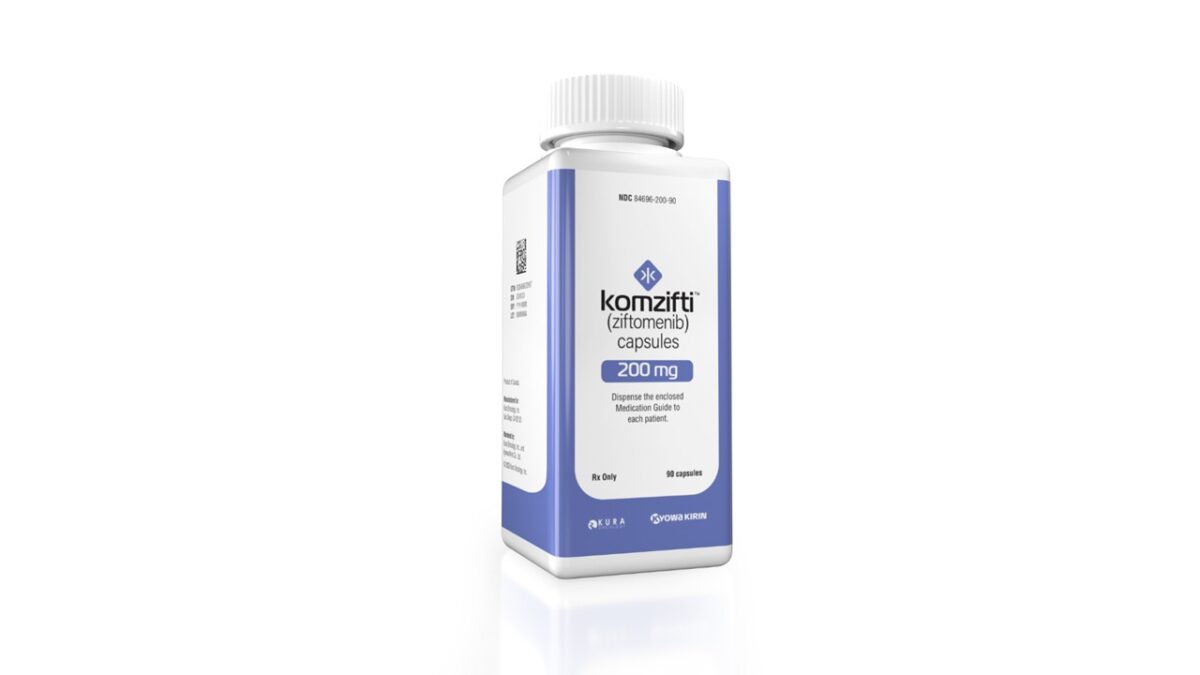An AI algorithm developed by researchers at the Mayo Clinic through its newly formed health technology company Anumana Inc., can assess for low ejection fraction through routine electrocardiograms (ECG, or also called EKG). The ECG-based AI-powered clinical decision support tool can enable diagnosis of low ejection fraction, especially in its earliest stages to facilitate more prompt diagnosis and treatment of the heart condition. In a clinical trial that evaluated the tool, the researchers found that it was able to detect an increased number of low ejection fraction cases in the earliest stages of the condition.
The ejection fraction is a measure of the amount of blood pumped out of the left ventricle with each contraction. A normal systolic ejection fraction is between 50 and 70 percent. A low ejection fraction is categorized as below 50 and an ejection fraction under 40 percent may indicate heart failure or cardiomyopathy, and is referred to as heart failure with reduced ejection fraction (HFrEF). Low ejection fraction is often asymptomatic in the earliest stages and can lead to cardiomyopathy and heart failure. Asymptomatic cases usually go underdiagnosed because they can be difficult to recognize, especially in the early stages when treatment would be most effective.
Low ejection fraction is conventionally detected using an echocardiogram, which is a time-consuming and expensive cardiac ultrasound. In contrast, the Mayo Clinic’s AI algorithm can screen for the condition using a standard 12-lead ECG reading, which is a more fast, inexpensive and readily available tool than an echocardiogram.
Mayo’s ECG-based AI algorithm was assessed in the ECG AI-Guided Screening for Low Ejection Fraction, or EAGLE, trial. Data from the trial showed that integrating the AI-based screening tool into routine care can increase the diagnosis of the heart condition. The study was published in Nature Medicine this month.
Related: HFpEF vs. HFrEF: How To Improve Heart Failure Drug Development
The randomized, multi-center EAGLE trial was conducted across 45 medical institutions in Minnesota and Wisconsin, including rural clinics and community as well as academic medical centers. The trial involved patients without prior heart failure and 348 primary care clinicians who were randomly assigned to standard care or intervention. ECGs were obtained as part of routine care for the patients. In the intervention group, a positive screening result for low ejection fraction would be flagged and sent as an alert to the clinician via the electronic health record, prompting them to order an echocardiogram for confirmation. The primary outcome of the trial was a new diagnosis of low ejection fraction within 90 days of the ECG.
Results showed that among 22,641 adult patients that had an ECG under the care of the clinicians during an eight-month period, the AI screening tool generated positive results in six percent of the entire patient cohort. The trial met its primary endpoint, demonstrating that the intervention tool increased the diagnosis of low ejection fraction in the overall cohort (1.6 percent in the control arm compared to 2.1 percent in the intervention arm), as well as among those that had a positive AI-ECG result (the six percent of patients in the overall cohort).
“The AI intervention increased the diagnosis of low ejection fraction overall by 32 percent relative to usual care. Among patients with a positive AI result, the relative increase of diagnosis was 43 percent,” said Xiaoxi Yao, PhD, a health outcomes researcher in cardiovascular diseases at Mayo Clinic and first author on the study in a news release from the institute.
“To put it in absolute terms, for every 1,000 patients screened, the AI screening yielded five new diagnoses of low ejection fraction over usual care,” said Yao.
While the proportion of patients who received an echocardiogram was similar between the control and intervention group overall, a higher percentage of patients in the intervention group received an echocardiogram among those that received a positive AI-ECG screening result.
The researchers concluded that using an ECG-based AI algorithm can facilitate the early diagnosis of low ejection fraction in patients in the setting of routine primary care.
EAGLE is one of the first large-scale trials to demonstrate the utility of AI in routine clinical practice. The low ejection fraction algorithm received Breakthrough Therapy Designation at the US Food and Drug Administration (FDA) and is one of several algorithms developed by Mayo. The algorithm is licensed to Anumana Inc., which was founded by the Mayo Clinic and is focused on enabling both early detection and accelerating treatment of heart disease through development of AI-enabled algorithms. The low ejection fraction algorithm was previously licensed to Eko Devices Inc. for hand-held devices externally applied to the chest.












Join or login to leave a comment
JOIN LOGIN